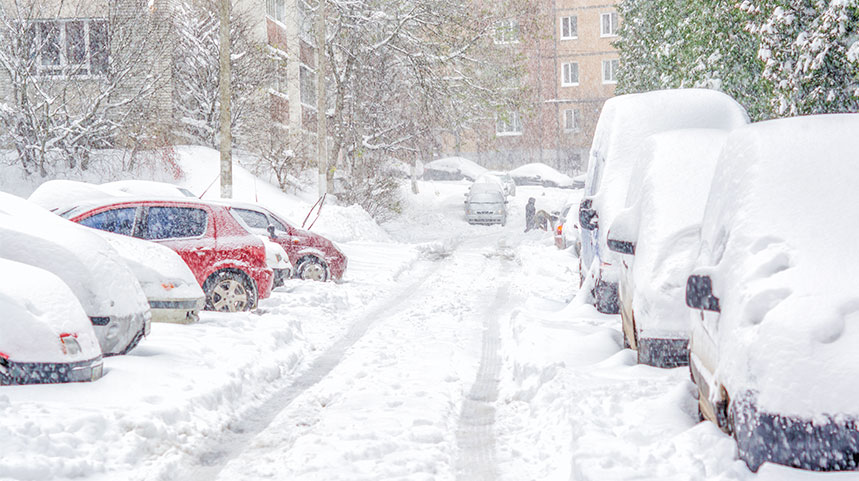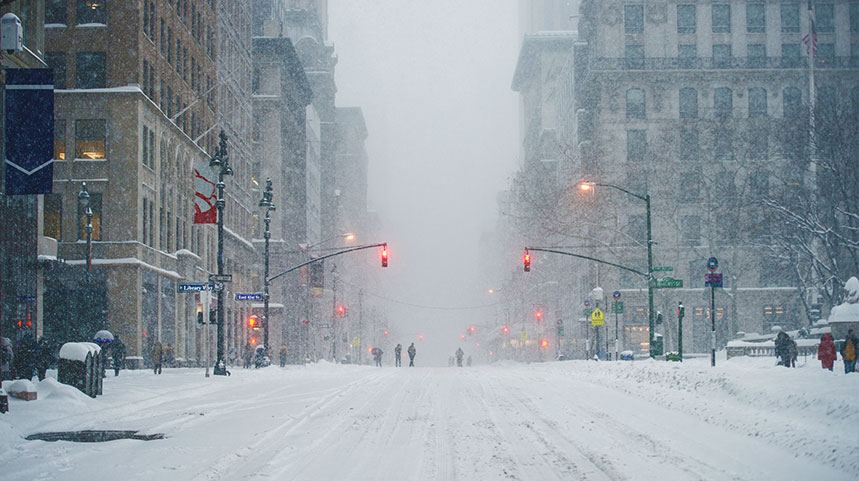In all the time that the United States has recorded weather, there have always been those rare winter blizzards that exceed all forecasts, break weather records, and cause mass devastation on an unprecedented scale.
Here are some of the biggest winter storms in American history.
1. The Blizzard of 1888: “The Great White Hurricane” (March 11-14, 1888)
There are entire websites devoted to this whopper of a storm that paralyzed New York in the spring of 1888. This massive blizzard started with light snow around 3 pm on Sunday, March 11th before dumping for four straight days, ultimately creating drifts up to 50 feet high. At the time it was called “the worst storm in living memory,” and remains the blizzard by which all others are measured.
2. The Great Appalachian Storm (November 24-25, 1950)
This storm is an example where wind plays a significant factor in the measure of devastation. It’s also one of the most meteorologically significant storms in U.S. history because it ended up becoming part blizzard and part hurricane. Damage and deaths were both extensive, with $20 million in devastation, and more than 350 deaths.
3. The Blizzard of 1978 (February 6-7, 1978)
One of the most catastrophic storms in recent weather history was the Blizzard of 1978, which struck New England, New York, and New Jersey as well as causing massive destruction in coastal New England and Long Island. Also known as “Winter Storm Larry,” the blizzard injured nearly 5,000 people and killed more than 100, ultimately resulting in damages totaling $520 billion. Many experts lay blame on faulty forecasting that left victims taken by surprise, and scrambling for sanctuary.
4. “The Storm of the Century” (March 13-14, 1993)
Meteorologists often point to this massive weather event as modern history’s first “superstorm,” affecting the entire eastern third of the United States. As an intense area of low pressure moved out of the Gulf of Mexico and northward along the east coast, newly improved computer models allowed the National Weather Service to issue a severe storm warning two days in advance of the superstorm’s arrival.
5. Snowmageddon (February 5-6, 2010)
The first incidence of the moniker “Snowmageddon” happened when a paralyzing blizzard combined with a second crippling blizzard to blanket the Northeast and Mid-Atlantic regions. Up to 30 inches of snow fell from Virginia to New York, killing 41 people in the U.S. and Mexico. This event was the second of four nor’easters that brought heavy snow as well as travel suspensions, building collapses, and many injuries.

